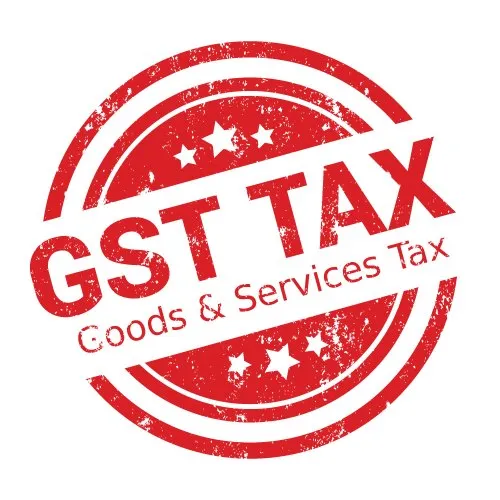GST Services
- Home
- About Us

Given the increasing momentum behind the proposed implementation of GST from July 1, 2017, it is imperative for the industry
Adaptation to Regulatory Changes
Embracing the impending GST implementation requires companies to familiarize themselves with the regulatory changes, ensuring a smooth transition and compliance with the new tax structure.
Financial Preparedness
Companies need to assess the financial implications of GST and make necessary adjustments to their financial models, budgeting, and forecasting to ensure financial stability and growth in the post-GST era.
Operational Efficiency
Beyond understanding the legal aspects, companies should focus on optimizing their operational processes. This includes identifying and implementing changes in supply chain management, inventory control, and other operational functions to enhance efficiency.
Customer Communication and Education:
Preparing for GST involves not just internal adjustments but also effective communication with customers. Companies should develop strategies to educate their clients about changes in pricing, invoicing, and any other customer-related processes affected by GST.
Market Positioning and Competitiveness
Frame pricing strategies to remain competitive in the market. Understanding how GST will impact product pricing and aligning it with market dynamics is crucial for maintaining or improving a company’s market position
Technology Integration
Alignment of internal organization and IT systems is a key component. Companies must invest in or update their technological infrastructure to ensure seamless compliance with GST requirements, covering aspects such as invoicing, reporting, and data management.
Legal and Compliance Framework
Beyond the broad contours of GST, companies must delve into the legal and compliance aspects specific to their industry. This involves not only understanding the law but also proactively adapting policies and procedures to ensure ongoing compliance.
Risk Management
Assess potential risks associated with the GST implementation and formulate risk mitigation strategies. This includes anticipating any challenges in the new tax regime and preparing contingency plans to minimize disruptions to business operations.
Training and Skill Development
Equip employees with the necessary knowledge and skills required to navigate the changes brought about by GST. Training programs should cover legal compliance, changes in business processes, and effective utilization of updated IT systems.
Supply Chain Optimization
Evaluate and restructure supply chain processes to align with the GST framework. This may involve optimizing warehousing, transportation, and distribution networks to streamline operations and reduce overall costs.
Government and Stakeholder Engagement
Actively engage with government bodies, industry associations, and other stakeholders to stay informed about updates and contribute to the evolving GST framework. Building strong relationships with regulatory authorities can be beneficial in navigating potential challenges.
Customer Relationship Management (CRM)
Implement or enhance CRM systems to track customer interactions and adapt to changes in customer behavior, preferences, and feedback resulting from the GST implementation.
Environmental and Social Responsibility:
Use the GST transition as an opportunity to assess and enhance environmental and social responsibility practices. Aligning business strategies with sustainability goals can contribute positively to the company’s reputation and brand image.
